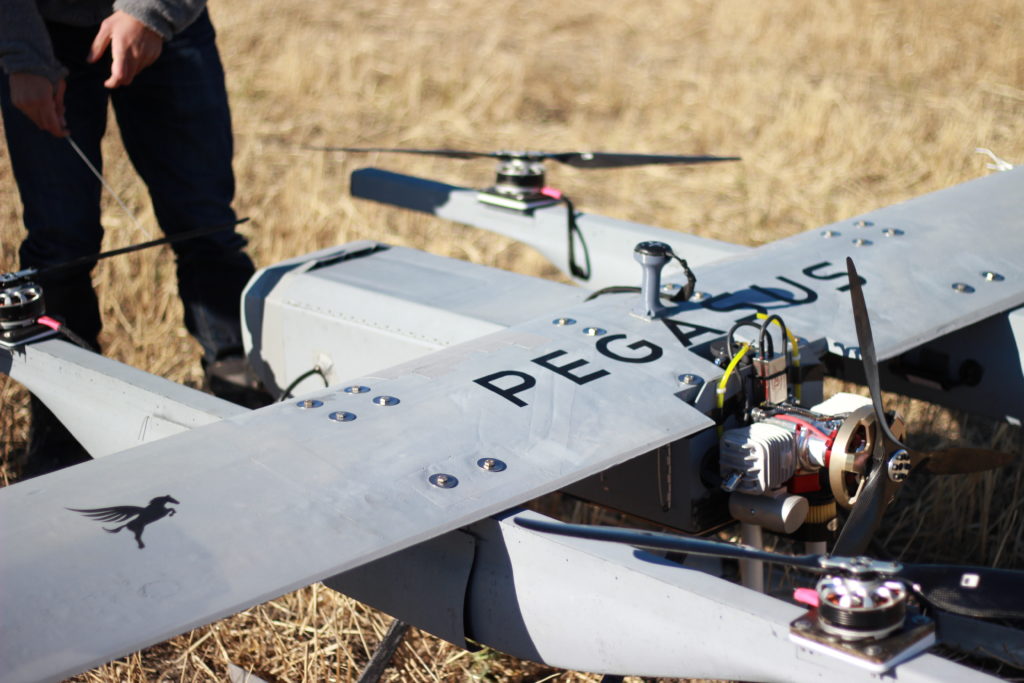As Western Canadians, we are no stranger to overcast summer skies layered by thick clouds of smoke wafting through the air from uncontrolled wildfires. It seems that in recent years, these blazes are getting more aggressive as climate change becomes a growing concern globally with increased natural disasters and unusual weather patterns.
Wildfires cause extreme damage to our environment, communities, and economies, and at times force people to pack their possessions at a moments notice to find safety – Fort McMurry is just one example that hits close to home.
One of the major issues with managing wildfires is the ability to track and monitor their progression, specifically overnight when manned aviation isn’t possible due to low visibility. During the night, there is a large window of time where wildfires grow undetected sometimes at exponential rates, causing wildfire incident management teams to play catch-up in the morning when it is safe to fly again. This delay in response puts first responders at a higher risk and causes resources to be used less effectively.
Based out of Sturgeon Country, Alberta, Pegasus is changing this narrative for wildfire detection. Partnering with the Government of Alberta, the company plans to use its advanced drones to improve wildfire surveillance and control. Using their innovative technology and cutting-edge AI, Pegasus has developed an autonomous aircraft to collect large amounts of aerial imagery to retain on-demand data collection and analytics at scale.


Not only can this technology be used in Western Canada for wildfire detection but has also appealed to the government for protection and defence. Autonomous technology at this level provides an opportunity to transform the aerospace sector globally.
Pegasus is on their way to solving major problems associated with flying beyond visual line of sight (BVLOS). Their airborne technology is designed as a detect-and-avoid system, combining airborne radars with other onboard AI sensors. The functionality of these drones will specifically be used for both day and night autonomous navigation to detect and track potential hazards in any weather conditions, as well as data collection and delivery for government protection and safety during missions.
Last month, Pegasus was awarded a $2 million investment from Sustainable Development Technology Canada (SDTC) for their project. This innovative technology will not only augment Alberta’s potential in technology and innovation but will significantly impact the aerospace and forestry sectors, improving our environment and changing wildfire detection and fighting as we know it.
Return to Index